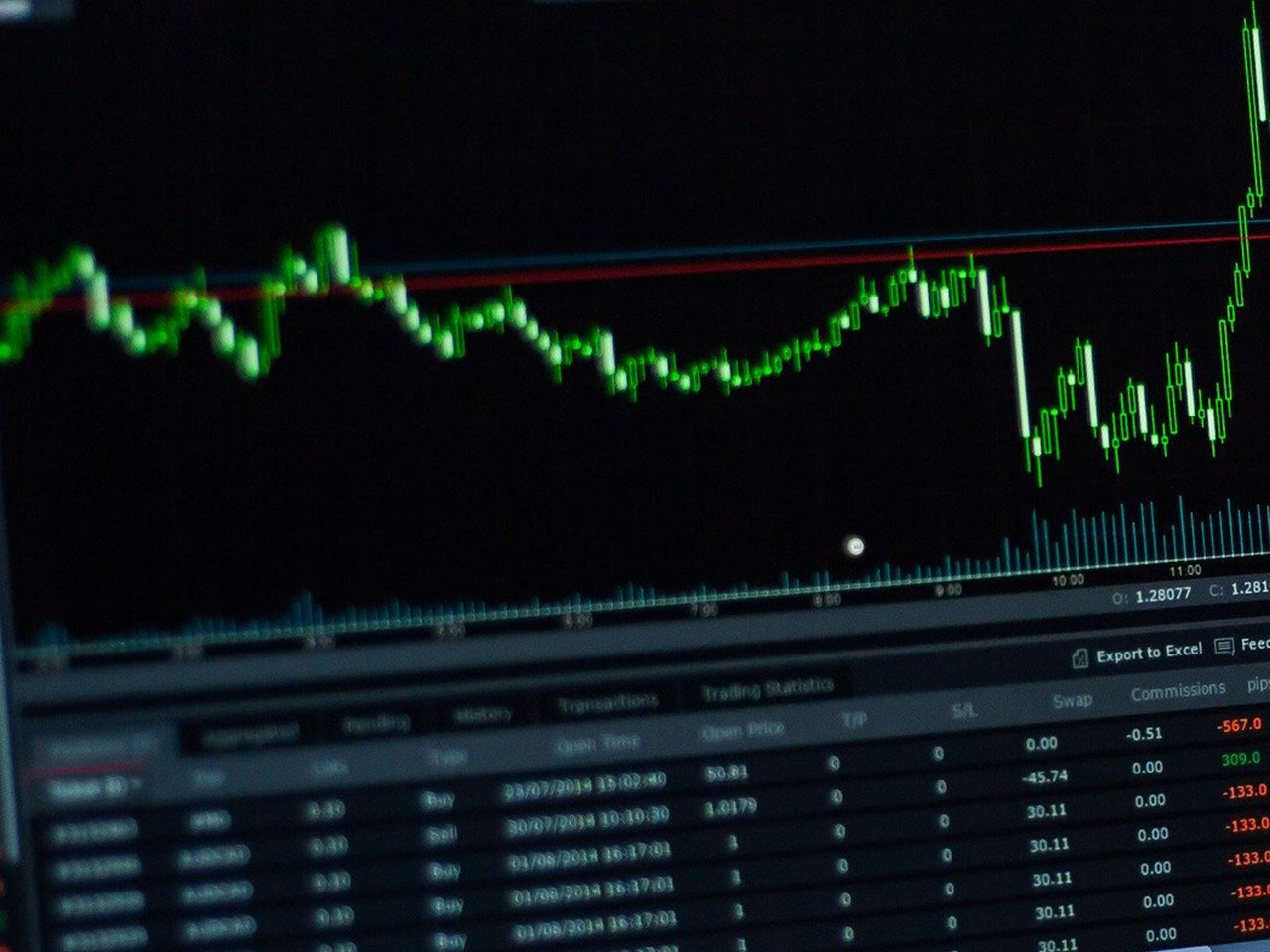Pulse Biosciences, Inc. (NASDAQ: PLSE) operates at the cutting edge of healthcare innovation, focusing on bioelectric medicine. This sector, which combines medical devices with electrical stimulation, offers significant potential for growth as the healthcare industry evolves. Despite its promising technology, Pulse Biosciences presents a complex investment landscape that requires careful consideration.
With a market capitalization of $1.02 billion, Pulse Biosciences is a notable player in the medical instruments and supplies industry. The company’s flagship product line, the CellFX System, offers a range of applications from treating benign skin lesions to cardiac procedures. The innovation behind its Nanosecond Pulsed-Field Ablation (nsPFA) technology positions it uniquely in the market, potentially disrupting traditional treatment methods.
Currently trading at $15.09, Pulse Biosciences’ stock has experienced a wide 52-week range from $10.83 to $24.56. This volatility highlights the speculative nature of investing in pioneering technologies that have yet to secure broad market adoption or consistent revenue streams. The absence of price-earning (P/E) ratios and other valuation metrics like PEG Ratio or Price/Book underscores the early-stage nature of the company and the challenges in forecasting its financial trajectory.
The company’s earnings per share (EPS) stands at -0.99, reflective of its current non-profitable status. A return on equity (ROE) of -77.86% and a free cash flow of -$19,590,750 indicate significant ongoing investment in research and development, characteristic of firms in their growth phase. While these figures might deter risk-averse investors, they could appeal to those who believe in the long-term success of its technology and are willing to withstand short-term financial instability.
In terms of technical analysis, the stock’s relative strength index (RSI) is at 70.36, suggesting the stock is potentially overbought. This is important for investors to consider, especially with the stock trading below both its 50-day and 200-day moving averages of $16.78 and $17.65, respectively. The moving average convergence divergence (MACD) at -0.52 with a signal line of -0.44 further illustrates bearish momentum.
Despite the promise of its technology, Pulse Biosciences currently lacks analyst coverage, with no buy, hold, or sell ratings. This absence of professional ratings can make it challenging for investors to gauge market sentiment and potential price targets.
Pulse Biosciences does not offer a dividend, indicating that all available capital is being reinvested into the business to foster growth. This reinvestment strategy is typical for firms in nascent stages that prioritize development over immediate shareholder returns.
As Pulse Biosciences continues to develop its suite of bioelectric medicine solutions, investors must weigh the high-risk, high-reward nature of such an investment. The potential for significant technological breakthroughs exists, but it comes with the uncertainty inherent in pioneering new medical frontiers. For investors with a robust risk tolerance and a keen interest in innovative healthcare solutions, Pulse Biosciences offers an intriguing opportunity to participate in the future of medical treatment.










































